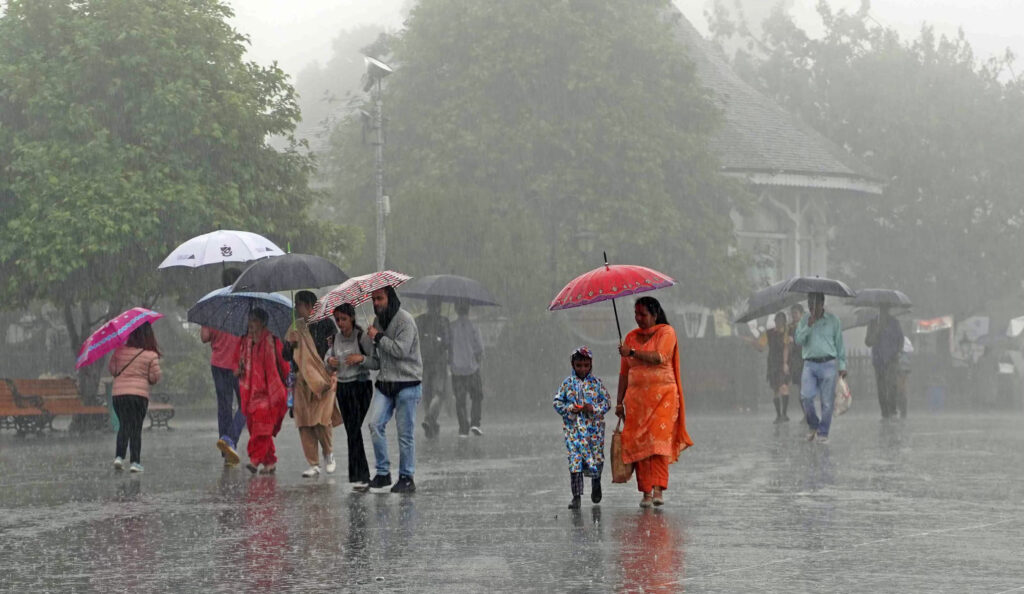The India Meteorological Department (IMD) is set to request the Indian Space Research Organisation (ISRO) to design and launch two advanced fourth-generation INSAT satellites. These new satellites are expected to replace IMD’s current third-generation ones by 2028–29, with an estimated cost of ₹1,800 crore, which will be funded by the Ministry of Earth Sciences.
According to IMD Director General Mrutyunjay Mohapatra, the new satellites will carry improved sensors and provide higher resolution images. This upgrade is intended to enhance the accuracy of forecasts, especially in predicting lightning events. Between March and April alone, lightning strikes caused the deaths of at least 162 people.

Challenges in Remote Observations
Mohapatra highlighted that certain regions such as oceans, hilly terrain, the Himalayas, and polar zones are difficult to monitor with ground-based instruments. In such locations, remote sensing tools like radars and satellites become essential. However, radars have limitations—they can only cover up to 500 kilometers and cannot be deployed in areas lacking infrastructure.
In contrast, satellites offer a broader and more practical solution despite being less accurate than on-ground observations or radar data. Hence, satellites remain a critical part of the IMD’s monitoring infrastructure.
Evolution of Satellite-Based Forecasting
India’s use of satellite data in weather forecasting dates back to 1960 when it first relied on photographs from the US-launched TIROS-1 satellite. Currently, IMD operates two satellites that capture visible-range images with a resolution of one kilometer and infrared images at four kilometers.
These satellites are positioned in geostationary orbit and have been set up to provide new images every 15 minutes. They also carry sensors that capture other atmospheric data such as wind patterns, humidity, and water vapor, which are vital for accurate forecasting.
Need for Higher Resolution Tools
Despite these advancements, IMD still faces challenges in detecting small-scale events like cloudbursts, thunderstorms, and lightning due to the limited resolution of current satellite data. To address these gaps, ISRO’s upcoming INSAT-4 satellites will include enhanced sensors and imaging capabilities for more detailed weather monitoring.
Global Collaboration and Technological Gains
The IMD also benefits from data shared by meteorological satellites operated by countries such as Japan, Korea, and those in Europe. This international cooperation is organized under a framework known as the Coordinated Group of Meteorological Satellites.
According to Mohapatra, integrating satellite data into weather prediction models has improved the accuracy of short- to medium-range forecasts by 20 to 30 percent. With the launch of the INSAT-4 series, IMD expects further advancements in forecasting precision, especially for extreme and localized weather events.
